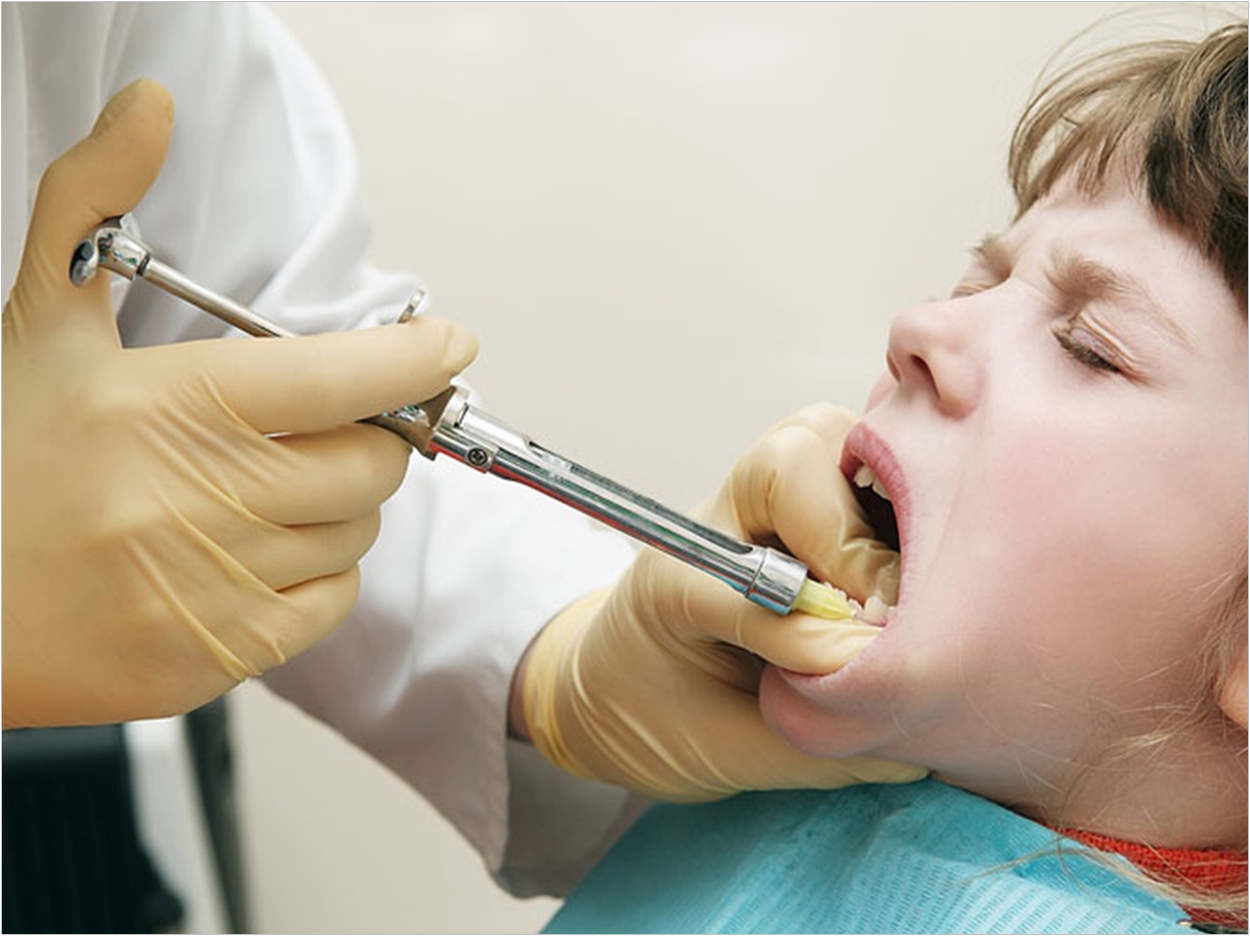
A lower dose of the local anesthetic lidocaine can be made as effective as a higher dose by changing the formulation’s acidity, giving oral and maxillofacial surgeons and other dental clinicians more options in administering the drug, according to the University of North Carolina School of Dentistry.
The researchers found that 1% lidocaine numbed the midface area quicker than 2% lidocaine when the 1% anesthetic was buffered, meaning the drug had a more neutral acidity than the 2% non-buffered anesthetic. With a more neutral acidity, more of the lidocaine impacts the targeted nerve fibers so less is needed to be effective.
According to the researchers, specific groups of patients could benefit from drug dosages, such as pediatric patients whose treatment and doses are limited by guidelines for blood lidocaine levels based on body weight. Patients with compromised liver function also may benefit from the reduced dosages.
In the study, the researchers administered the drugs to adult patients over a 2-week period. Using a testing technique that sends electric currents through tissues, the researchers could stimulate the subjects’ first molar and canine teeth. Next, they recorded the subjects’ pain levels during the injection and the time it took to numb the midface area.
Of the subjects, 58% reported less pain after receiving buffered 1% lidocaine than non-buffered 2% lidocaine. No matter the drug, pain levels overall were low with an average of 4 on a 10-point scale.
Also, 58% reported a shorter time to midface numbness after receiving buffered 1% lidocaine than non-buffered 2% lidocaine, though the researchers noted the difference between the drugs was not significant.
The time to recovery of sensation as similar for both formulations when using the cold test, though time to return to sensation was significantly longer using the non-buffered drug on the molar and canine with electric pulp testing.
The researchers said they are unsure if the study findings would hold true for patients with more compromised health and another anesthesia technique. In this study, the anesthetic was administered with a maxillary field block. The researchers also suggest that reducing doses while retaining the benefits of effective responses should be investigated further.
The study, “Buffered 1% Lidocaine With Epinephrine Can Be as Effective as Nonbuffered 2% Lidocaine With Epinephrine for Maxillary Field Block,” was published by the Journal of Oral and Maxillofacial Surgery.
Related Articles
ICS and Lidocaine Compared in Preventing Pediatric Pain
Electricity Eliminates the Needle in Anesthesia Delivery
Finally, a Real Change in Dental Local Anesthesia












